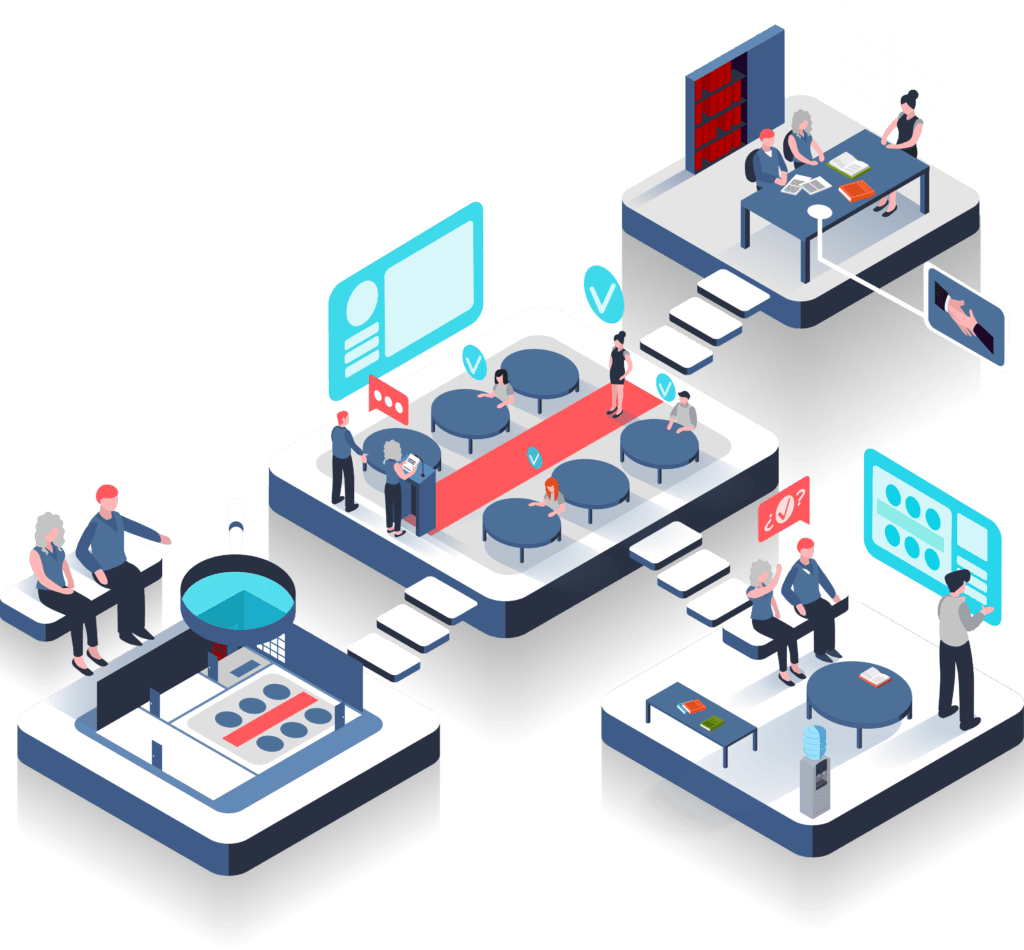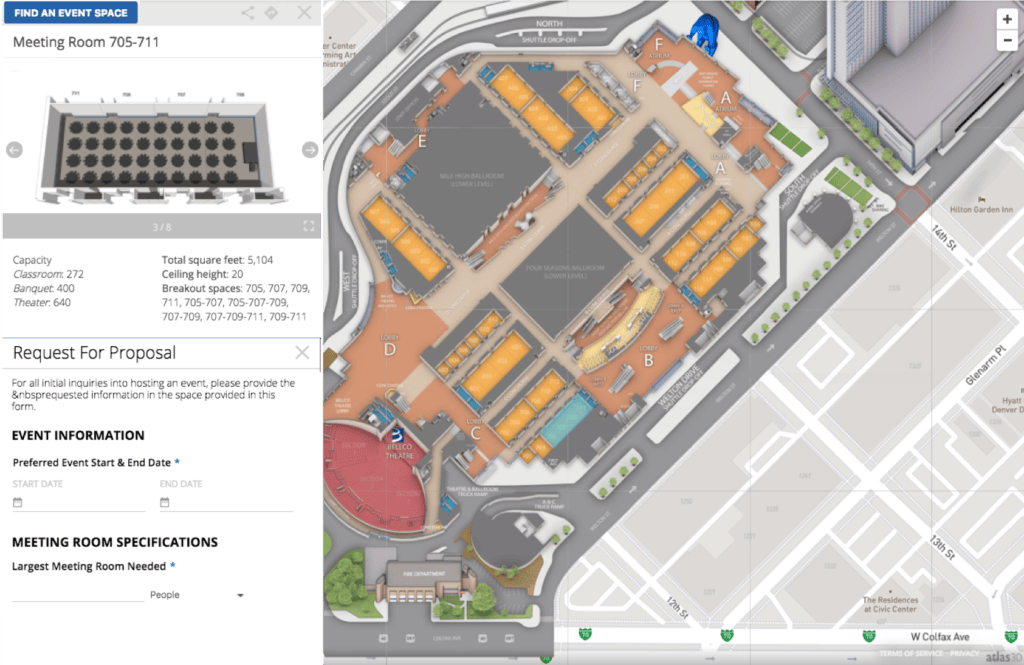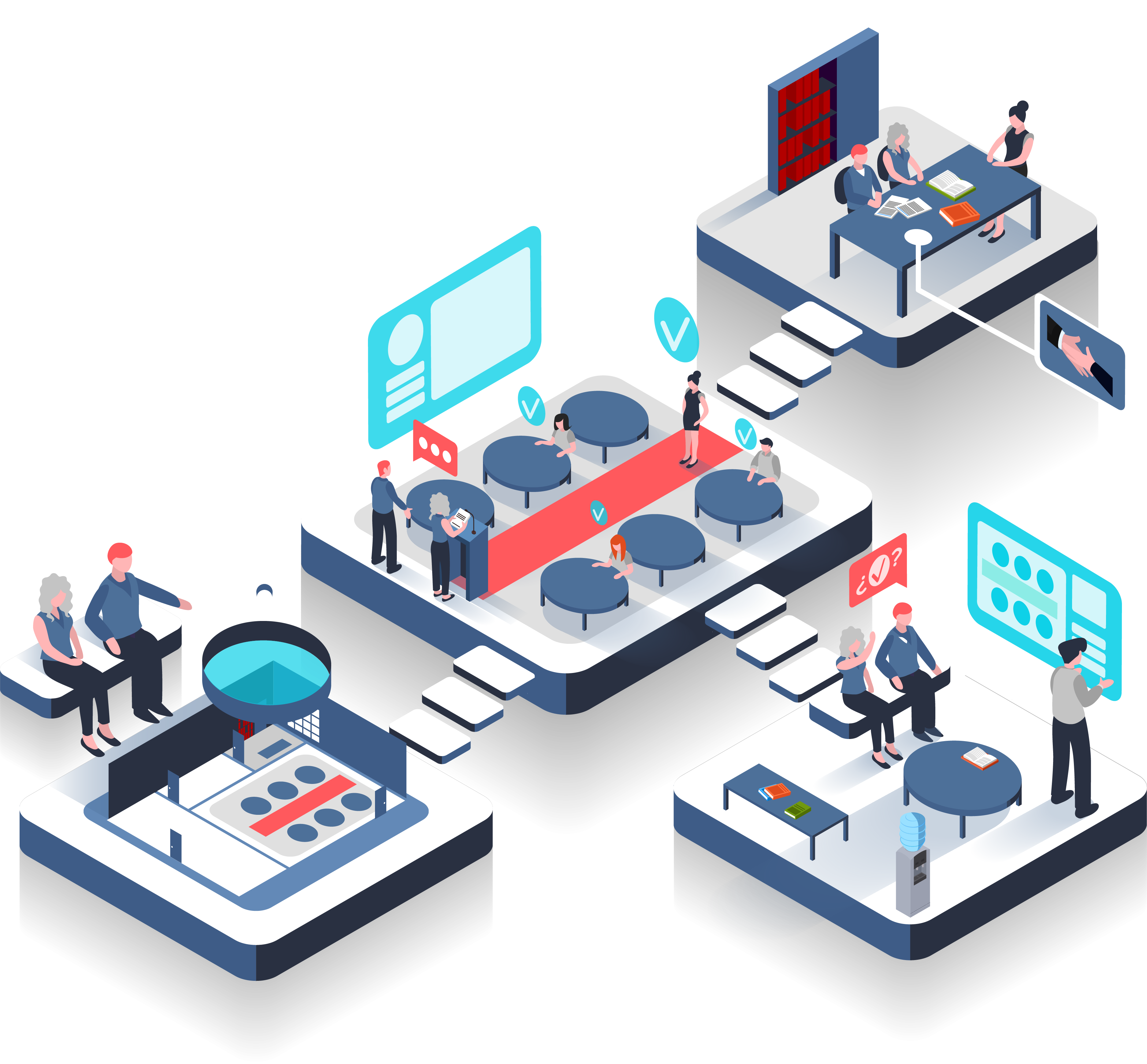You know trade shows either as an important way to connect to potential members of your supply chain, or as an opportunity to sell your goods and services to wholesalers interested in working on its distribution and end users. But did you know about the big business behind trade shows?
The exhibition industry in the United States is booming. It brings in revenues of 13.2 billion dollars every year, as companies vie for important spots to showcase their products and build relationships. That growth won’t stop anytime soon, either. The first quarter of 2019 was expected to bring a 1.8% growth in revenues, while 80% of event organizers worldwide are expecting future increases across the globe.
Stated differently, the money is flowing. As an industry supporting other industry, trade shows can flow under the radar. With these types of revenues, though, it’s important to consider exhibit events as an important end goal in itself. A deeper dive into the big business of trade shows can show as much.
Who Does Business at Trade Shows?
To understand the true impact of trade shows, it pays to understand the businesses that seek to leverage their power. The general definition of the event (“An exhibition for companies in a specific industry to showcase and demonstrate their new products and services.“) makes clear the wide range of organizations that tend to attend.
Trade shows exist in almost every industry, and attract a wide variety of audiences as a result. Colleges and universities learn about best marketing practices while vendors seek to draw new contracts. Toy makers talk to retailers about currently unexplored market niches. At the annual Specialty Equipment Market Association’s event, more than 60,000 U.S. and international buyers flock to Las Vegas to check out specialty automotive products.
The importance of trade shows across industries can be seen by the number of events the average U.S. company attends. In 2018, one study found that the average organization plans to be a part of:
- 23 regional trade shows
- 12 national trade shows
- 4 international trade shows.
Of course, size of business and marketing budget can lead to drastic fluctuations in these numbers even within industries. Many businesses don’t attend a single trade show in their regular marketing cycle. Across industries, these fluctuations can make it difficult to narrow down exactly who the businesses that actually attend these events tend to be.
In other words, the point stands: it’s difficult to narrow down the exact audience for trade shows, simply because they are so common across industries and for such a wide variety of businesses. Depending on the event you choose, you can find any industry, business size, and brand type at these events. That’s what makes them such big business for all entities involved.

The Continued Benefits of Trade Shows Across Industries
The who is close to everyone. But just why are trade shows so important regardless of whether you’re looking to market your products and company to end users or other members of your supply chain? Again and again, studies show just how vital this marketing channel is to both attracting and retaining new business.
First, the face-to-face interactions businesses can receive at trade shows are invaluable. In fact, 99% of marketers say that they find unique value at trade shows that other marketing channels can’t provide. It’s a pre-planned meeting that doesn’t require setup to get in front of new audiences, while costing dramatically less than an individual face-to-face meeting.
The audience is also ripe for more audience interactions. According to one survey, 46% of senior executives have made purchasing decisions while at trade shows that they didn’t necessarily expect before attending. The same survey found that 77% of distributors have found at least one supplier as a result of interactions that took place at the trade show.
For these and other reasons, companies tend to love these types of events:
- They bring more brand awareness to both large brands and small businesses looking to make their voice heard.
- They build relationships throughout the supply chain with both obvious and unexpected suppliers and distributors looking for partnerships.
- They are more cost-effective than most other direct sales and procurement channels.
- They provide a casual face-to-face environment that allows for more open information exchange.
- They help businesses scope out their competition and stay up to date on current industry trends and innovations.
- They allow potential customers to find new products and services to sell, distribute, or produce.
Given these benefits, trade shows continue to occupy an important space in the marketing mix of countless companies. The same advantages also explain just why these companies are willing to line up, booth to booth, with their competitors to vie for audience attention. Finally, they explain why millions of exhibitors and would-be customers flock to trade shows around their home region, the United States, and the world.
Understanding the Flow of Revenue in Exhibit Marketing
The 13.2 billion revenue figure above is naturally massive. A large factor contributing to this flow of money is just how much the revenue flows back and forth not just between organizer and attendees, but a wide range of related entities that benefit from the attendance and attention as well.
The organizer is typically an association or industry group looking to bring the entire industry forward. To do so, they book convention centers—sometimes up to and more than 1 million square feet in space. And it doesn’t end there:
- Hotels are paid, often in partnership with the event venue or industry group, to house the hundreds and thousands of businesses and attendees.
- The organizer charges an attendance fee to cover the cost of the venue and any catering or other accommodations that are part of the package.
- While in town, attendees spend significant revenue at local restaurants, attractions, and retail venues.
- Cities can spend millions to market themselves as potential hosts for some of the largest trade shows in the world.
Revenue, in other words, flows in a complex environment that touches on countless entities. And it doesn’t end there. Given the direct connection between trade shows and sales mentioned above, the purchase orders an exhibitor can expect as a result of the trade show count as yet another stream of revenue that have to be considered within the big business of trade shows.
Just who does that big business benefit? Clearly, the answer is multi-faceted. Exhibitors can grow awareness and sales, organizers can leverage attendance fees for profits, and host cities receive a boost to their local economy. Especially that last part can be significant, as a recent impact report found:
Adam Sacks, founder and president of Tourism Economics, an Oxford Economics company, said in a press briefing on Feb. 21 that the study calculated three levels of impact: direct, indirect, and induced spending. Indirect spending includes revenue streams such as the utility bills from a trade show, and the induced category relates to the trickle-down spending from employees who earn wages due to events-industry-related activities. “For every dollar spent on face-to-face meetings and business events in 2016, it generated an additional $1.60 in benefits to the U.S. economy,” Sacks said in the briefing about the findings. “It’s a 160-percent return on investment.”
Nothing about this revenue flow is simple. But that doesn’t mean we can ignore a major takeaway from the above numbers: in trade shows, the revenue flows in a way that benefits not just one or two entities, but a web of stakeholders who can all leverage its features for greater business and economic success.
Leveraging the Interconnectedness of Major Trade Shows
The complex flow of revenue provides a hint into just how interconnected trade shows tend to be. A further exploration of that complexity helps understand how far that interconnectedness truly goes.
In any regular transaction, roles are easily defined. A seller communicates with a potential buyer via a specific marketing channel. Trade shows, however, function on a different level.
Here, a vendor might be a seller looking to showcase new goods or a buyer hoping to find new members of the value chain. The organizer is the marketing channel—but also has a stake in the business, often by being the organizing body of the industry in which the trade show takes place. And of course, the environment surrounding the trade show is not static but dynamic, actively influencing buyers and sellers in the course of the event.
That connectedness doesn’t end at the event itself, either. For major trade shows, airlines can bring in significant extra revenues as a result of the traffic to the host city. Some airlines might even be involved in the trade show itself. A straight-line communications model has been turned into a complex web affecting a wide range of stakeholders, and driving revenue for all involved both directly and indirectly.
Expand the size of the event, and that effect begins to magnify. Roles are constantly changing, revenue flows in multiple directions, and the hosts of the event seek to keep it all in check. That, in turn, makes thorough and comprehensive organization all the more important.
For a business, it’s an invaluable opportunity. If all involved can increase their revenue, all involved have a stake in making the event successful. At the end, though, it all comes back to the hosting of the event, and making sure its complexities are boiled down to simple logistics for everyone involved. As you might imagine, that is no small task.
How Indoor Mapping Can Help Organize and Optimize Your Trade Show
Go back to the examples mentioned above. The largest trade shows in the country can draw tens of thousands of visitors,customers, and vendors on venues as large (and larger) than 1 million square feet. Making sure that everyone is satisfied and can find exactly what they’re looking for is at the core of any organizer’s goals, and it can be difficult to accomplish. That’s where indoor mapping enters the equation as a major convention center trend.
No modern trade show is complete without a map of the exhibit hall, telling vendors and visitors alike exactly what they can expect. Modern mapping technology has made this indoor map more effective and beneficial at the same time, accounting more closely for the intricacies and complexities that come with this type of event, complete space planning.
We’ve gone far beyond static maps that require users to seek out their preferred vendors and hope for the best. Today’s indoor mapping allows for dynamic updates, including 3D environments that show the exact space. That mapping can actually turn into a navigational system that allows users to navigate past hundreds of booths to the exact location that was the goal all along.
The benefits of these types of maps are plentiful, and span across audiences:
- Visitors are able to find exactly what they’re looking for easily, reducing traffic and maximizing efficiency.
- Exhibitors reduce the gap to visitors, especially irrelevant visitors with low chances of actual conversions.
- Sponsors have more opportunities to get their messages seen, or point buyers to their booths.
- Organizers can showcase not just the exhibitor space, but also lead audiences to rest rooms, food areas, and more.

These benefits don’t end with the exhibit space itself, either. Modern maps can extend from indoor mapping to the outside, showcasing the surrounding areas and benefiting the host city in the meantime. Hotels, restaurants, shopping opportunities, and local entertainment all become interactive points on the map, guiding attendees to the right spots at the right time.
In other words, modern event maps are perfect to leverage the multi-faceted revenue streams that many trade shows tend to exhibit. They connect the various audiences and stakeholders more closely with each other, maximizing the benefits of trade show marketing. As such, they have become invaluable tools for any event organizer and guest looking to make the most out of the experience.
Building these maps is complex. You need a partner on your side who can be accurate, leverage modern technologies, and understands your industry as well as you do. That’s where Concept3D comes in. Contact us for more information about our event maps, and how we can help you take your trade show to the next level.

